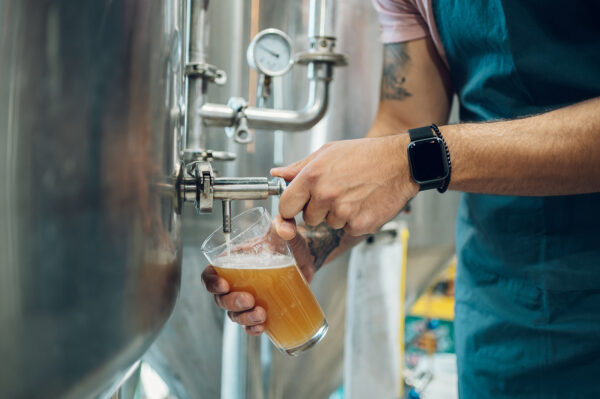In today’s California cannabis-friendly environment, consumers long for social atmospheres to legally catch up with the obvious state of affairs that cannabis is a popular consumable for both medical and recreational reasons. Cannabis cafes have popped up in California and are proving popular in places like West Hollywood and San Francisco but are not yet permissible under local laws in the State on a widespread basis. These establishments are not a new concept, as such cafes have been a major driver for tourism in places outside of the U.S., such as Amsterdam, for a long time.
In fact, Amsterdam is considering banning tourists from cannabis selling coffee houses due to their major tourism draw to perhaps curb excessive visitor volume and balance quality of access for locals with the demands of visitors. The statistics cited in relevant recent articles on this topic with respect to surveys involving such cafes, stated things like:
57% of respondents said coffee shops are an important reason for why they came to Amsterdam;
34% indicated they’d come to Amsterdam less often if they weren’t able to visit coffee shops, and 11% said they wouldn’t come at all;
72% [surveyed] said they’d visited a coffee shop during their stint in Amsterdam.
For Amsterdam, this is not a new topic and the conversation has been heated in the past as to whether to bar all except residents with respect to such cannabis cafes or “coffee shops”. Others conclude that cannabis cafes aren’t the only draw or even the primary draw for tourists visiting Amsterdam, but that they are simply among other factors drawing in visitors. Regardless, it is clear that the cannabis cafes contribute to the allure of Amsterdam and other similar places outside of the U.S. and could become similarly alluring here in the U.S., as the social atmosphere of cannabis continues to evolve alongside applicable law.
The Original Cannabis Cafe in West Hollywood is a good example and is drawing a lot of attention, with a solid schedule of bookings and walk-ins. It is a creatively-structured cafe where customers can openly smoke and eat, and it is outfitted with a robust air filtration system to mitigate cannabis odor. It only makes sense that where cannabis becomes more widely used and legally acceptable, consumers desire public outlets in which to consume it, much like with bars serving alcohol.
In the past cannabis has been greatly stigmatized and similar to other prohibitions, consumption has been forced underground. Now the legal landscape has changed. Some dispensaries have lounges tucked inside, but this often is not sufficient for those wanting a more standard or “normal” social experience like they can have in bars/restaurants to enjoy the social aspects of such environments. Not only do these locations create tourism opportunities, but they create the possibility of setting up an organized, safe and welcoming environment for consumers if executed properly and an opportunity for additional commerce, business and jobs.
The above demand and benefits are among the reasons why certain localities have eased or lifted prohibitions for these kinds of establishments. California State law does not prohibit cannabis cafes but sets certain parameters around such settings and largely defers to localities to regulate lounges. Local laws have proven most prohibitive with few exceptions (such as in the Cities of Oakland, San Francisco and West Hollywood). Nevertheless, we expect this to continue to evolve locality by locality. For example, we have seen recent movement in Berkeley- the Berkeley City Council recently voted to change the city’s code to allow on-site cannabis consumption in lounges at storefront retailers that install ventilation systems.Other localities are similarly exploring options and opportunities in this space.
Here at Rogoway Law Group, we are happy to help with legal opportunities in respect to these uniquely alluring establishments and are here to assist in navigating the related complex areas of law, including how it impacts structural and other requirements in respect to such establishments.



